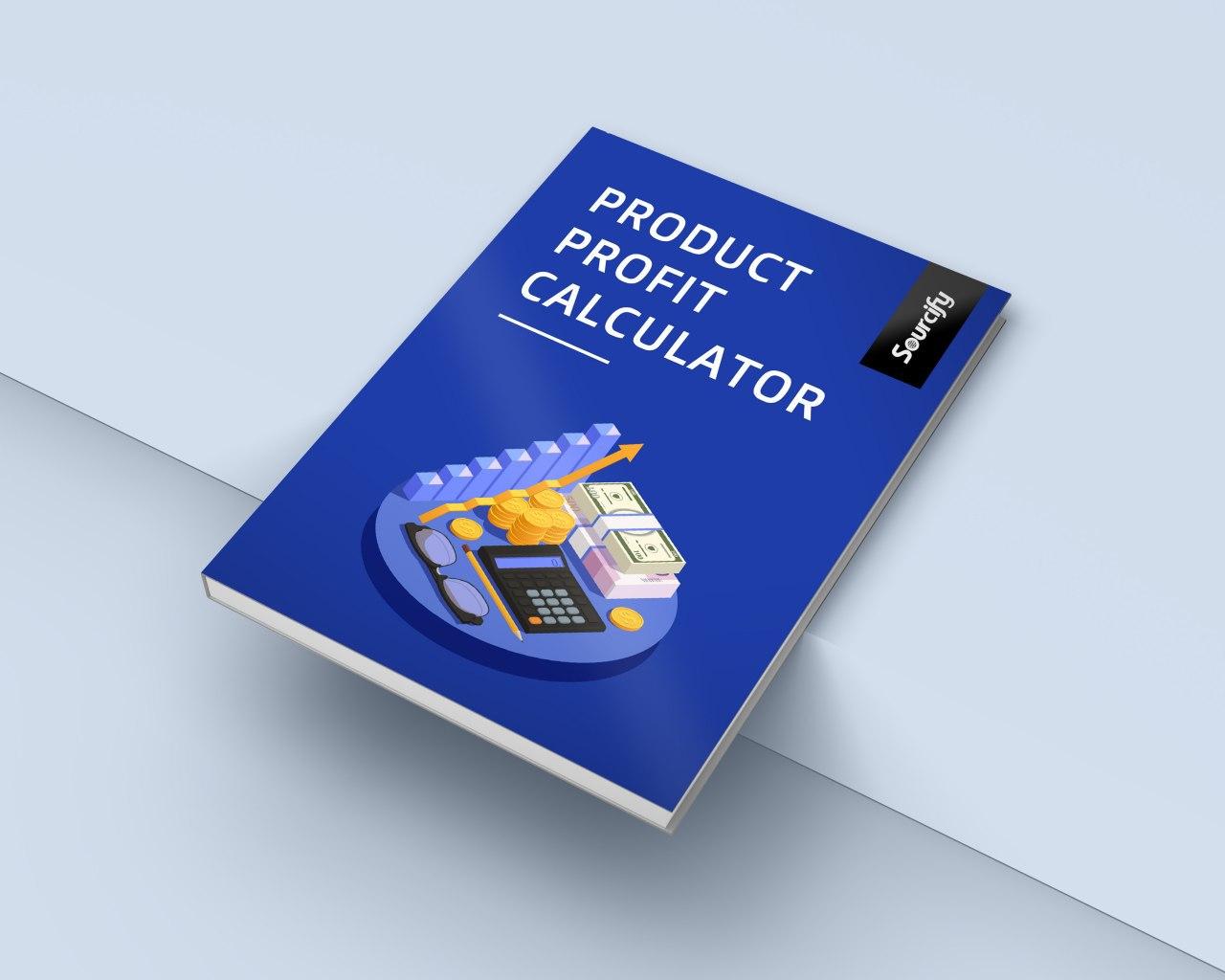China+1: What It Actually Looks Like When You Do It Right
“China+1” isn’t just a trend—it’s becoming a necessity.
But most brands misunderstand what this strategy actually requires. It’s not about abandoning China. It’s about building flexibility without losing what works.
Done right, China+1 sourcing gives your business stability, leverage, and operational control. Done wrong, it can add cost, complexity, and chaos.
So what does China+1 actually look like when it’s done well?
First, What Is China+1?
The “China+1” strategy means continuing to manufacture in China while expanding to an additional country—often Vietnam, India, Mexico, or Indonesia—to reduce risk and improve supply chain resilience.
It’s a hedge against:
- Tariffs and trade tensions
- Regulatory unpredictability
- Rising labor costs
- Regional disruptions like COVID lockdowns or shipping slowdowns
But this isn’t plug-and-play. You need strategy, documentation, and operational fluency to make it work.
What China+1 Doesn’t Mean
Before we dig into what works, here’s what not to do:
- Moving to a second country only when something breaks
- Spinning up a backup factory without up-to-date BOMs or tech packs
- Assuming that what worked in China will work the same way elsewhere
- Ghosting your current factory and hoping the next one will “just get it”
That’s not strategy. That’s panic. And it usually costs more than it saves.
What China+1 Looks Like When It’s Done Right
✅ 1. Redundant, Not Reactive
You’ve identified core SKUs that can be made in either country—with documented specs, clear tolerances, and known costs.
This means if China slows down, your second location can ramp up without starting from scratch.
✅ 2. Region-Specific Strengths
You’re not duplicating production—you’re optimizing it.
- Use China for high-volume, high-complexity goods
- Use Vietnam or India for lower-volume, labor-intensive runs
- Use Mexico for North America-bound products where speed matters more than price
Each country plays a role based on what it does best.
✅ 3. Tiered Vendor Relationships
You’ve got more than a spreadsheet of names—you’ve built actual relationships.
Your secondary factory has quoted before. You’ve done test POs. They’ve visited your samples or factory floor. You know who to call and what they’re capable of.
✅ 4. Integrated Freight Planning
You’re thinking beyond the factory. Shipping lanes, lead times, and freight costs are all part of the equation.
That means understanding port access, customs risk, and final-mile timelines for each geography.
✅ 5. Margin-Smart, Not Just Margin-Chasing
You’ve benchmarked your total landed cost (TLC), not just unit price. That includes:
- Freight and duties
- Tooling and onboarding costs
- Quality issues and returns
- Cash tied up in longer lead times
The Payoff of Doing It Right
Brands with a real China+1 strategy saw faster recovery post-COVID, fewer delays during global shipping crunches, and lower long-term costs through better leverage and competition.
They weren’t scrambling. They were ready.
Where Sourcify Fits In
At Sourcify, we help brands build true multi-country sourcing strategies—not just react to disruption. That means:
- Vetting and onboarding new suppliers
- Benchmarking costs across countries
- Managing documentation and communication
- Keeping both primary and secondary factories active and aligned
We’ve built networks in 12+ geographies. So whether you’re expanding from China to India or nearshoring to Mexico, we make the transition seamless.
👉 Talk to our sourcing team about your China+1 strategy.
Bonus Resource:
📘 Could You Move Next Month If You Had To? — Our guide to operational readiness and supply chain flexibility.




